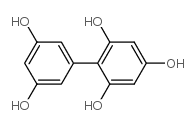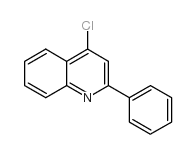CHEMICAL IDENTIFICATION
-
RTECS NUMBER :
-
TH4897000
-
CHEMICAL NAME :
-
Phosphoryl chloride
-
CAS REGISTRY NUMBER :
-
10025-87-3
-
LAST UPDATED :
-
199806
-
DATA ITEMS CITED :
-
25
-
MOLECULAR FORMULA :
-
Cl3-O-P
-
MOLECULAR WEIGHT :
-
153.32
-
WISWESSER LINE NOTATION :
-
P O G3
HEALTH HAZARD DATA
ACUTE TOXICITY DATA
-
TYPE OF TEST :
-
LD50 - Lethal dose, 50 percent kill
-
ROUTE OF EXPOSURE :
-
Oral
-
SPECIES OBSERVED :
-
Rodent - rat
-
DOSE/DURATION :
-
36 mg/kg
-
TOXIC EFFECTS :
-
Gastrointestinal - other changes Liver - other changes Nutritional and Gross Metabolic - weight loss or decreased weight gain
-
REFERENCE :
-
NTIS** National Technical Information Service. (Springfield, VA 22161) Formerly U.S. Clearinghouse for Scientific & Technical Information. Volume(issue)/page/year: OTS0534840
-
TYPE OF TEST :
-
LC50 - Lethal concentration, 50 percent kill
-
ROUTE OF EXPOSURE :
-
Inhalation
-
SPECIES OBSERVED :
-
Rodent - rat
-
DOSE/DURATION :
-
32 ppm/4H
-
TOXIC EFFECTS :
-
Details of toxic effects not reported other than lethal dose value
-
REFERENCE :
-
28ZPAK "Sbornik Vysledku Toxixologickeho Vysetreni Latek A Pripravku," Marhold, J.V., Institut Pro Vychovu Vedoucicn Pracovniku Chemickeho Prumyclu Praha, Czechoslovakia, 1972 Volume(issue)/page/year: -,17,1972
-
TYPE OF TEST :
-
LDLo - Lowest published lethal dose
-
ROUTE OF EXPOSURE :
-
Administration onto the skin
-
SPECIES OBSERVED :
-
Rodent - rabbit
-
DOSE/DURATION :
-
1 gm/kg
-
TOXIC EFFECTS :
-
Behavioral - muscle weakness Liver - other changes Nutritional and Gross Metabolic - weight loss or decreased weight gain
-
REFERENCE :
-
NTIS** National Technical Information Service. (Springfield, VA 22161) Formerly U.S. Clearinghouse for Scientific & Technical Information. Volume(issue)/page/year: OTS0534840
-
TYPE OF TEST :
-
LC50 - Lethal concentration, 50 percent kill
-
ROUTE OF EXPOSURE :
-
Inhalation
-
SPECIES OBSERVED :
-
Rodent - guinea pig
-
DOSE/DURATION :
-
53 ppm/4H
-
TOXIC EFFECTS :
-
Sense Organs and Special Senses (Eye) - effect, not otherwise specified Behavioral - irritability Lungs, Thorax, or Respiration - dyspnea
-
REFERENCE :
-
AIHAAP American Industrial Hygiene Association Journal. (AIHA, 475 Wolf Ledges Pkwy., Akron, OH 44311) V.19- 1958- Volume(issue)/page/year: 25,470,1964 ** OTHER MULTIPLE DOSE TOXICITY DATA **
-
TYPE OF TEST :
-
TCLo - Lowest published toxic concentration
-
ROUTE OF EXPOSURE :
-
Inhalation
-
SPECIES OBSERVED :
-
Mammal - species unspecified
-
DOSE/DURATION :
-
1340 ug/m3/17W-I
-
REFERENCE :
-
JHEMA2 Journal of Hygiene, Epidemiology, Microbiology, and Immunology. (Avicenum, Malostranske namesti 28, 11802 Prague 1, Czechoslovakia) V.1- 1957- Volume(issue)/page/year: 21,387,1977 *** REVIEWS *** ACGIH TLV-TWA 0.63 mg/m3 (0.1 ppm) DTLVS* The Threshold Limit Values (TLVs) and Biological Exposure Indices (BEIs) booklet issues by American Conference of Governmental Industrial Hygienists (ACGIH), Cincinnati, OH, 1996 Volume(issue)/page/year: TLV/BEI,1997 *** OCCUPATIONAL EXPOSURE LIMITS *** OEL-AUSTRALIA:TWA 0.1 ppm (0.6 mg/m3);STEL 0.5 ppm (3 mg/m3) JAN 1993 OEL-BELGIUM:TWA 0.1 ppm (0.63 mg/m3);STEL 0.5 ppm (3.1 mg/m3) JAN 1993 OEL-DENMARK:TWA 0.1 ppm (0.6 mg/m3) JAN 1993 OEL-FINLAND:STEL 0.5 ppm (3 mg/m3);Skin JAN 1993 OEL-FRANCE:TWA 0.1 ppm (0.6 mg/m3) JAN 1993 OEL-GERMANY:TWA 0.2 ppm (1 mg/m3) JAN 1993 OEL-THE NETHERLANDS:TWA 0.1 ppm (0.6 mg/m3) JAN 1993 OEL-RUSSIA:STEL 0.05 mg/m3;Skin JAN 1993 OEL-SWITZERLAND:TWA 0.1 ppm (0.6 mg/m3);STEL 0.2 ppm (1.2 mg/m3) JAN 1993 OEL-TURKEY:TWA 0.5 ppm (3 mg/m3) JAN 1993 OEL-UNITED KINGDOM:TWA 0.2 ppm (1.2 mg/m3);STEL 0.6 ppm JAN 1993 OEL IN BULGARIA, COLOMBIA, JORDAN, KOREA check ACGIH TLV OEL IN NEW ZEALAND, SINGAPORE, VIETNAM check ACGIH TLV *** NIOSH STANDARDS DEVELOPMENT AND SURVEILLANCE DATA *** NIOSH RECOMMENDED EXPOSURE LEVEL (REL) : NIOSH REL TO PHOSPHORUS OXYCHLORIDE-air:10H TWA 0.1 ppm;STEL 0.5 ppm REFERENCE : NIOSH* National Institute for Occupational Safety and Health, U.S. Dept. of Health, Education, and Welfare, Reports and Memoranda. Volume(issue)/page/year: DHHS #92-100,1992 NIOSH OCCUPATIONAL EXPOSURE SURVEY DATA : NOHS - National Occupational Hazard Survey (1974) NOHS Hazard Code - 81931 No. of Facilities: 155 (estimated) No. of Industries: 7 No. of Occupations: 22 No. of Employees: 7258 (estimated) NOES - National Occupational Exposure Survey (1983) NOES Hazard Code - 81931 No. of Facilities: 165 (estimated) No. of Industries: 9 No. of Occupations: 29 No. of Employees: 12587 (estimated) No. of Female Employees: 2945 (estimated)
|



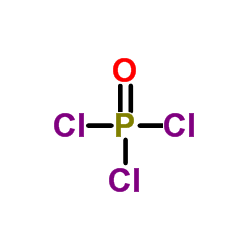
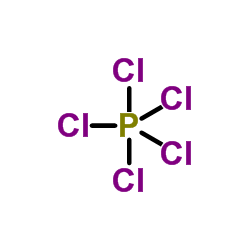
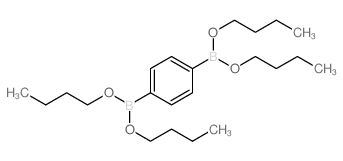
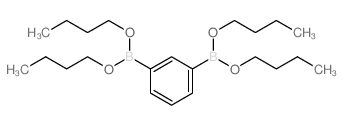



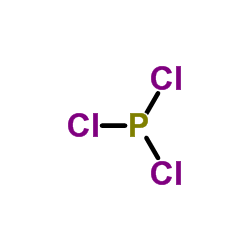
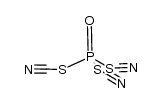
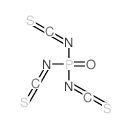
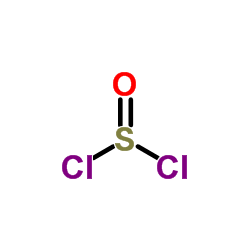
![6,7-Dihydrothieno[3,2-C]-pyridine structure](https://image.chemsrc.com/caspic/470/107112-93-6.png)
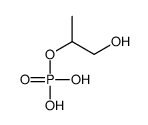
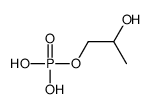

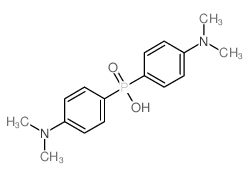
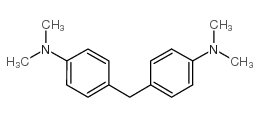
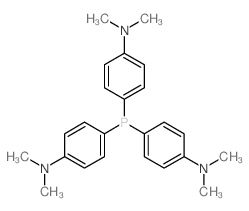
![(4-bromophenyl)-[4-(dimethylamino)phenyl]methanone structure](https://image.chemsrc.com/caspic/405/105728-76-5.png)
